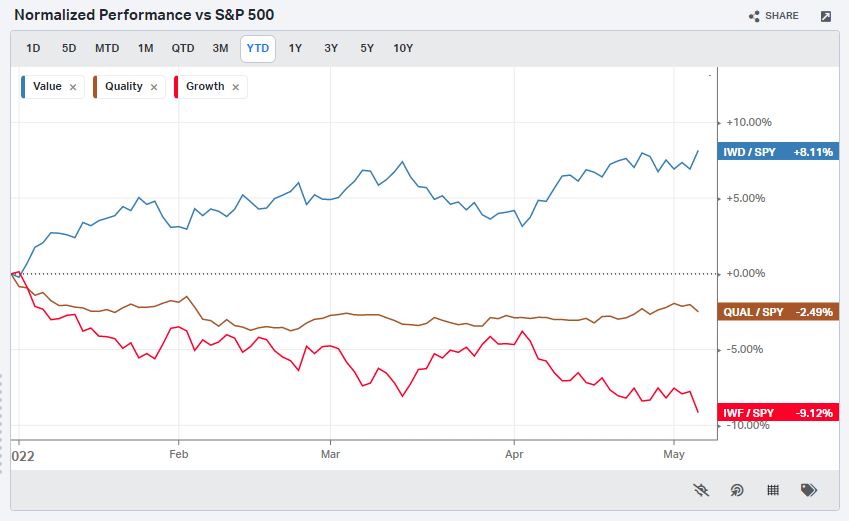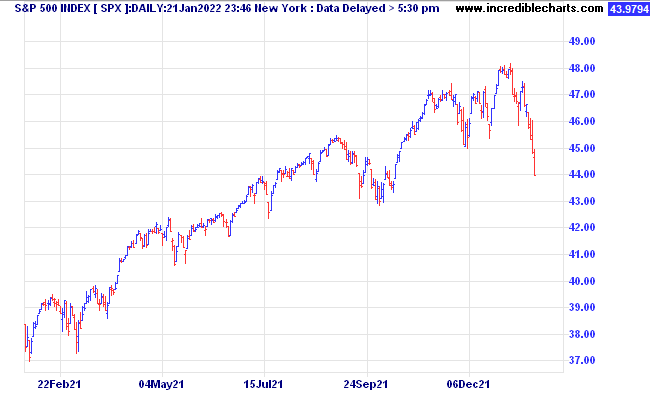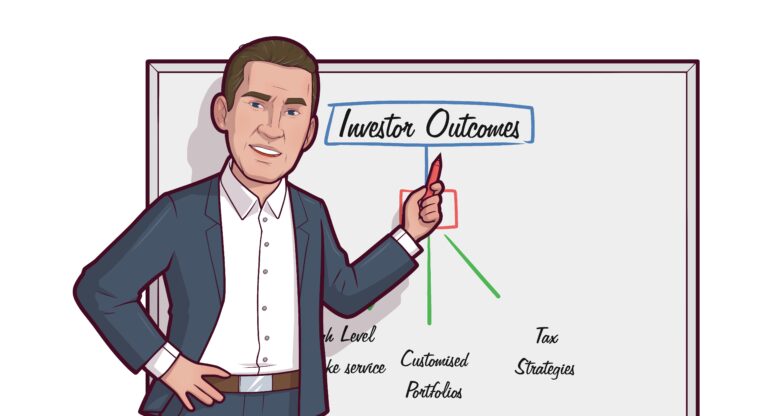Three flavours of ‘Risk Off’
You may have heard this term, ‘Risk Off’ before. In simple terms it means that investment managers are reducing ‘risk’ in their portfolios. It is usually a term you hear on big down days in investment markets.
But not all market down days are the same. Looking under the bonnet of days when markets are down more than 2.5%, you find at least three different sub-sets. Dean Curnutt from Alpha Exchange recently explained the differences in one of his posts.
There is the “classic” where stocks trade lower, but bonds increase in value (decrease in yield). This may reflect heightened concerns that an economic slowdown is looming, and profits are likely to be hit, and possibly interest rates will decline and the central bank will go into an interest rate easing cycle.
Second is the “taper” – bond prices fall, (interest rates rise) and that causes the relative value of stocks to look expensive relative to the trend in bond yields, so share prices fall.
Third is the outright “liquidation”. This type of ‘risk off’ move is caused by a widespread need to raise cash and the resulting rush for exits causes everything to sell off. When volatility rises, the Value at Risk, (also referred to as VaR) rises, and risk managers give their portfolio managers instructions to reduce risk. This can lead to indiscriminate selling regardless of valuations across a wide bracket of assets. Margin calls also lead to forced liquidations.
Looking back at the history of days when sell-offs are greater than 2.5%, gold generally holds up during ‘classic’ and ‘taper’ events. Not so much during ‘liquidation’. Over last 20 years, the S&P500 has had 125 days where it was down by more than 2.5%. Gold has had 91 such days. However, there were only 13 days when BOTH the S&P500 and Gold were down by more than 2.5%. Most of these were during the 2008 liquidation crisis – forced selling. A few also happened in March 2020.
Examining the conditions today, (06/05/2022) with central banks around the world in a hiking cycle, and Jerome Powell saying he sees no signs of a recession (in spite of Q1 2022 producing a -1.4% annualised rate of growth) it is a certainty that more interest rate hikes are coming, so this is not classic risk-off.
Interest rates are rising. The US ten year bond rose from 2.94% to 3.03% on 05/05/2022. Australian ten year bonds hit 3.52% on 04/05/2022. This is producing a change in the relative value of shares, when compared to current interest rates. Especially in growth stocks, whose cash flows are some time out in the distant future. This was reflected in the action in the S&P500 factors. Large cap Growth stocks were down 4.8%. Large cap Value was down only 2.3%.
Our position for some time has been to focus on Value over Growth as a partial protection against market risks.
The chart below outlines how well this has worked so far this year.

Given that the big risk-off move in the US on 05/05/2022 was in both bonds and stocks, but not so much in Gold, (down 0.25%) it looks like this move was in the ‘taper’ variety than the ‘liquidation’ variety.
That said, the increase in the VIX index (volatility index) from around 26 to 30 in one day may have some risk managers sending memos to their portfolio managers today.


